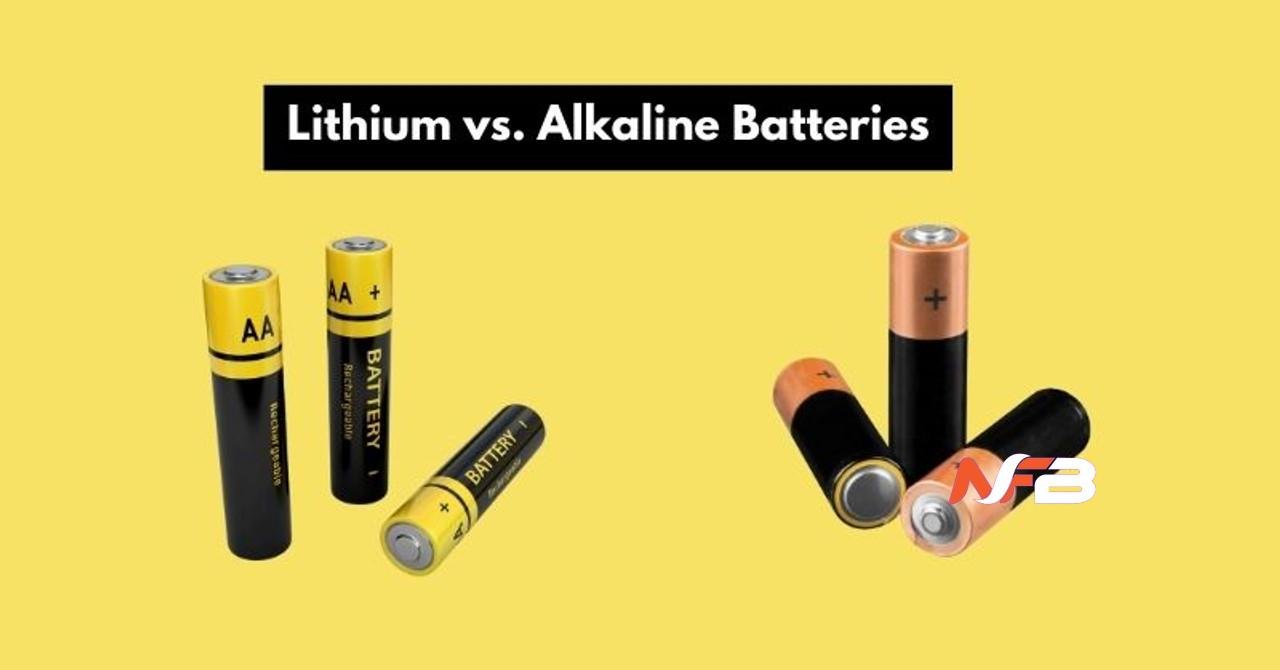There are so many different choices when it comes to batteries, and it is important to not only find the right size for your device but also the right type of battery. Battery types fall into two different categories: Lithium and Alkaline. Read on as we explore the differences between them and describe which may be the most suitable for your needs.
Lithium batteries
Within the category of Lithium batteries there are several different types available to buy. These include lithium cobalt oxide, lithium nickel oxide, lithium manganate, ternary materials, and lithium iron phosphate (LFP). They are categorised in two ways. First, by their shape, which can be cylindrical or prismatic, or secondly by the material that makes them up. They can also come in a range of energy capacities as well.
Alkaline batteries
The standard alkaline battery is a manganese/zinc battery that has an alkaline electrolyte. They typically have a cathode that is made of manganese dioxide (MnO2). This is mixed with graphite and also an anode which is composed of zinc paste (Zn). The electrolyte is Potassium hydroxide (KOH).
Lithium vs Alkaline a comparison
Types of batteries available
- Alkaline batteries are most commonly available as 9V, AAA, AA, and coin-shaped cell batteries.
- Lithium batteries are available in sizes such as 14500, 16650, 18650, 21700, 26650, and 32650.
Price
- Alkaline batteries are usually cheaper. This is because they are disposable and manufactured using cheaper materials. During their life, they gradually lose voltage.
- Lithium batteries are more costly, as much as five times more. However, they last eight to ten times longer. They can maintain a consistent voltage almost until they reach the end of their life.
While lithium batteries are more expensive, their benefits generally make them a more cost-effective solution over time.
Voltage
- Alkaline batteries provide a nominal voltage of 1.5V per cell.
- Lithium batteries provide a voltage range of 1.5V to 3.0V this makes them suitable for use in morepowerful devices requiring voltages of 3.6V/3.2V per cell. They provide a superior level of performance over alkaline batteries.
Capacity
- Alkaline batteries do not have a particularly high capacity
- Lithium batteries offer a higher capacity meaning they can store more energy and power devices for longer. They have a slower self-discharge rate, with 1200mAh to 200Ah capacities.
Cycle life
- Alkaline batteries typically last for around 300 cycles
- Lithium batteries can last for between 10,000 to 40,000 cycles
Performance
- Alkaline batteries can be prone to short circuits and leakages. This can make them hazardous, particularly during a recharging process. They are better in low-power devices
- Lithium batteries are often rechargeable which means that they have a much longer life than their alkaline counterparts. This makes them great in high-performance devices.
Conclusion
The longer lifespan offered by lithium batteries and the fact that they are often easy to recharge makes them a much better prospect both in terms of life cycle and value over time. They are also the lighter option, which is an important consideration when it comes to items like power tools and portable wearable technology. Their extended lifespan also makes them the better choice for high-tech devices.
Lithium batteries indeed have a higher upfront cost. However, in the long run, they are far more economical options with a longer life overall and a more consistent performance.
One final point to consider is how environmentally friendly each type of battery is. Alkaline batteries are typically the disposable kind, meaning their frequent need for replacement can result in more environmental waste. Lithium batteries, on the other hand, are both rechargeable and recyclable and over 90% of the raw materials that are used to make them are reusable, all of this makes them a much more environmentally sound option.














Leave a Reply